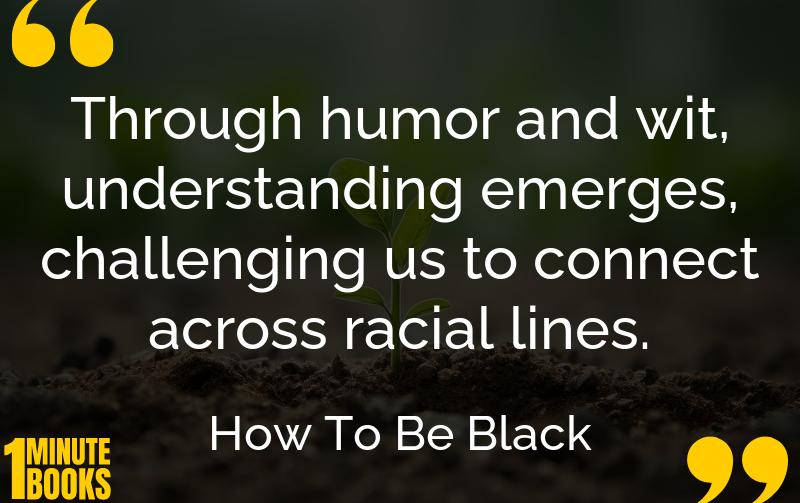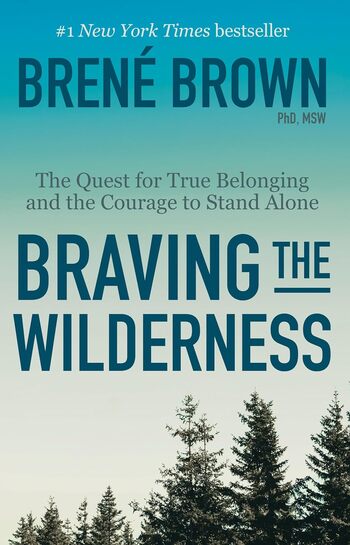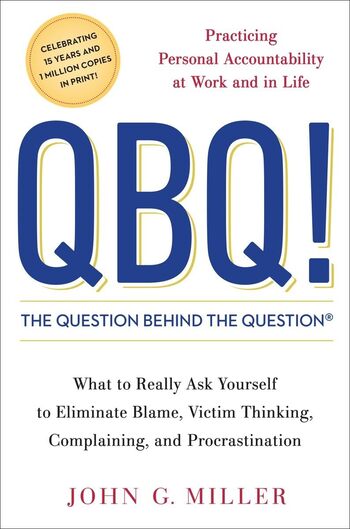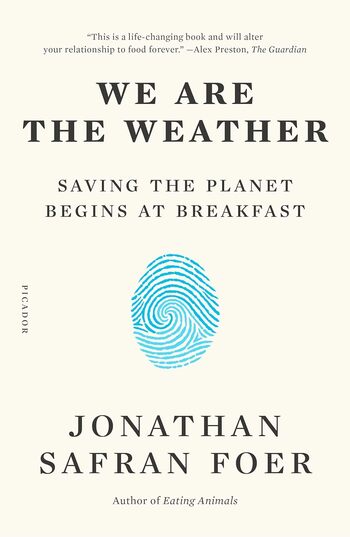
Baratunde Thurston’s ‘How to Be Black’ mixes personal narratives with satire to explore race, identity, and stereotyping in America, drawing from his experiences growing up and working in diverse environments.
Main Lessons
- Embrace humor as a tool to confront and discuss racial stereotypes.
- An African name in America can symbolize identity and culture but may also face mispronunciation and misunderstanding.
- Strong maternal influence instills pride and cultural heritage, vital for children’s development.
- Black unity in predominantly white spaces isn’t exclusionary but a necessity for support.
- Programs like Ankobia cultivate cultural pride and practical skills among young African-Americans.
- Hair can be a symbol of identity; asking to touch it may unintentionally perpetuate racial insensitivity.
- Navigating professional spaces as a black individual requires addressing misconceptions and expectations.
- Understanding and empathy should dictate workplace interactions, not skin color.
- Cultural education and elder wisdom empower youth in understanding and valuing their heritage.
- Friendships across racial lines offer unique perspectives and bridge cultural divides.
- Racial challenges in prestigious institutions like Harvard reveal broader societal biases but also opportunities for community building.








